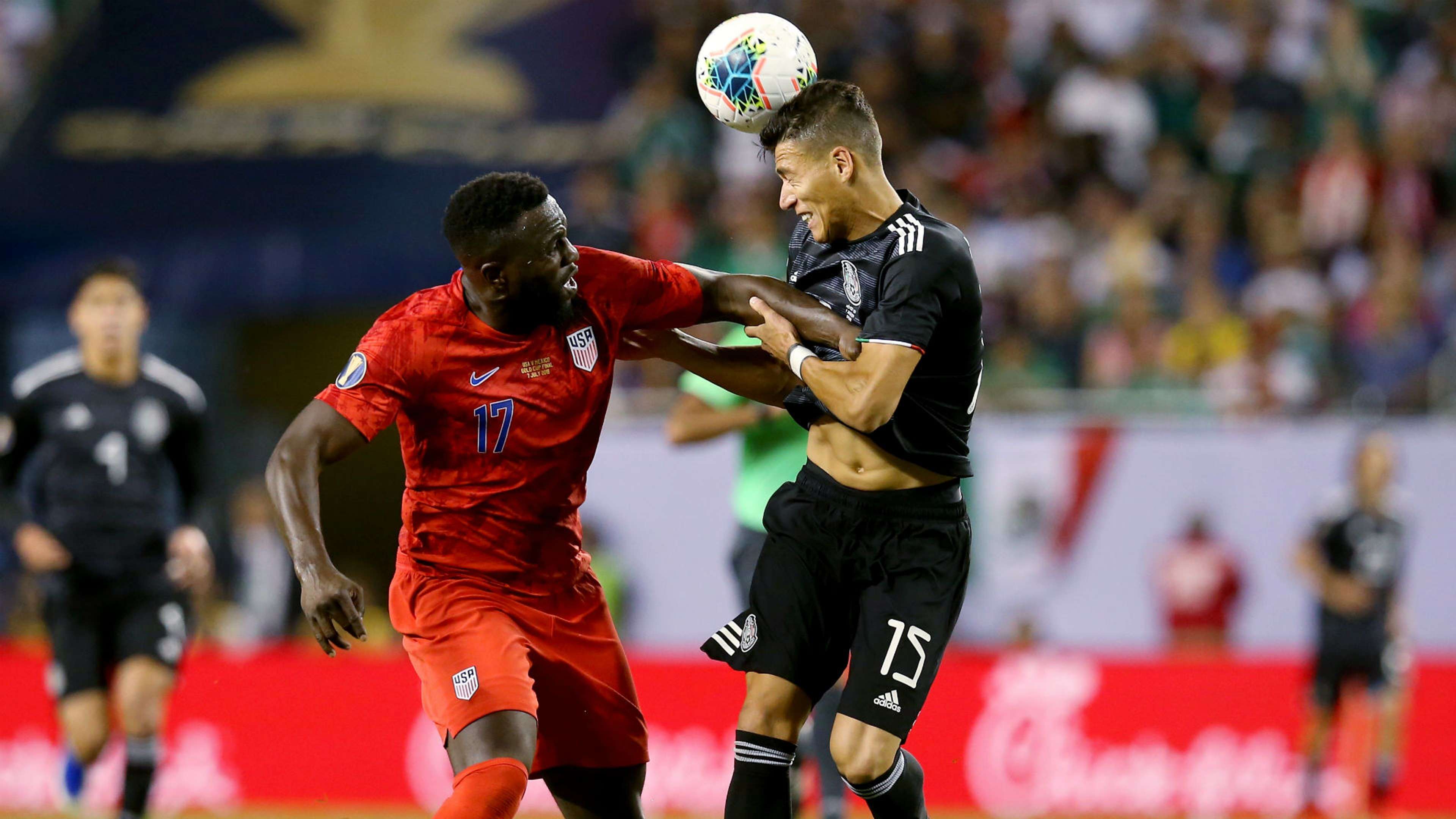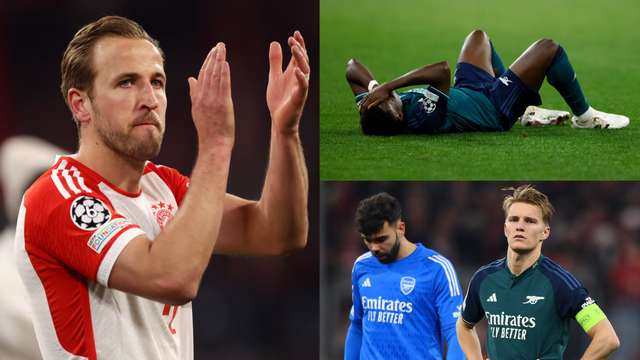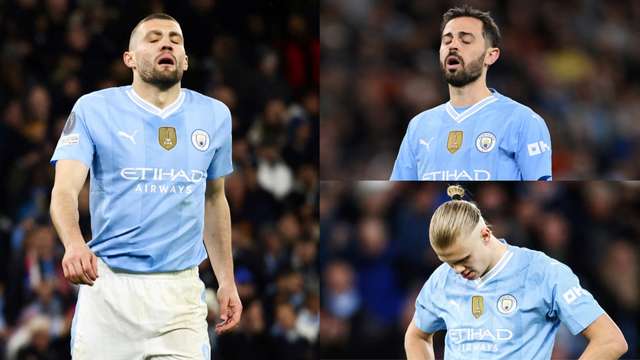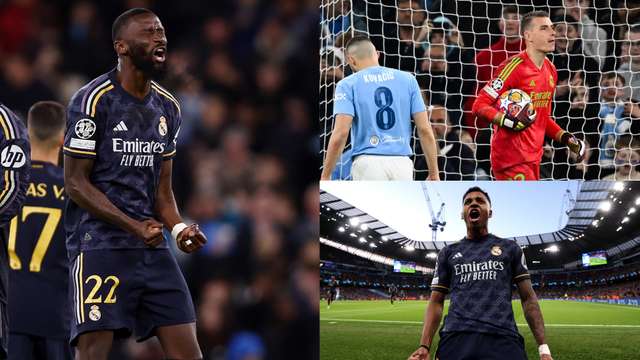Concacaf is going to get straight to the good stuff for 2022 FIFA World Cup qualification.
The Hexagonal, previously the final round of a longer qualification process, will begin in September 2020, with the six highest-ranked Concacaf teams in the post-June 2020 FIFA rankings taking part. The top three teams from round-robin play will qualify for Qatar.
Simultaneously, competition between the 7-35 ranked members of Concacaf will begin with a group stage (comprised of five groups of four teams and three groups of three). The eight group winners will move into a knockout stage. Those teams will play two-legged contests in the quarterfinals, semifinals and final with the winner of that tournament taking on the fourth-place finisher from the Hex for the right to take part in the intercontinential playoff for Concacaf's potential fourth World Cup slot.
The qualifiers will begin in the September 2020 FIFA window with more matches taking place in October 2020, November 2020, March 2021 and September 2021. The playoff between the fourth-place Hex finisher and the winner of the tournament involving lower-ranked teams will be in the October 2021 FIFA window.
Currently, Mexico, the United States, Costa Rica, Jamaica, Honduras and El Salvador make up the top six Concacaf teams in the FIFA rankings, meaning 2018 World Cup participant Panama is among the teams that would need to qualify through the second portion of the competition. So too would Haiti after its run to the Gold Cup semifinals. However, those rankings were last updated in the middle of June rather than after Concacaf's most important tournament.
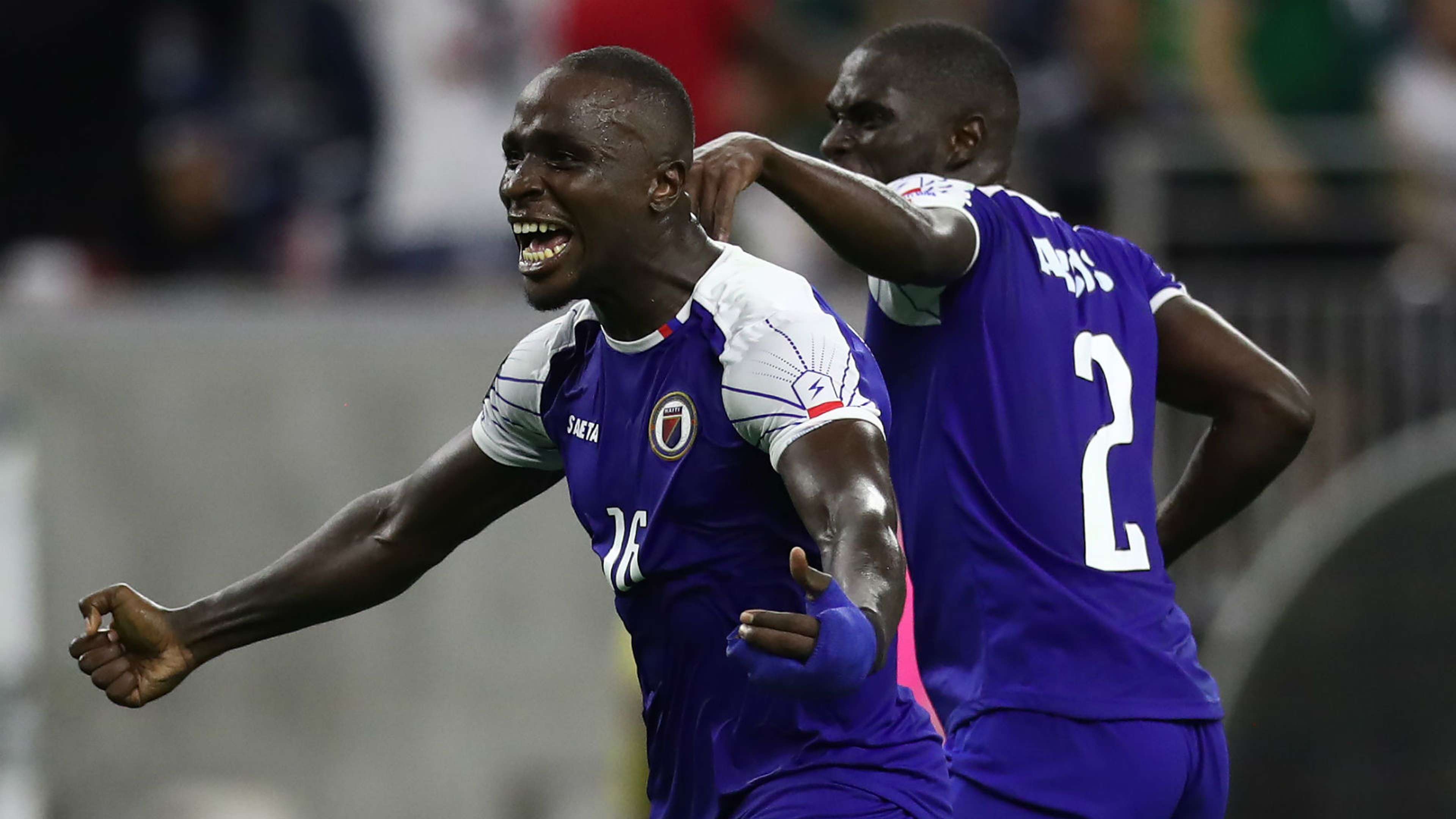 Ronald Martinez
Ronald Martinez
The changes are intended to place more importance and a bigger sense of occasion on each match. It also will give teams more matches overall. Previously, teams in the lower rungs of the confederation would play a few matches in World Cup qualification each cycle and then sit idle for four years.
Now, with the Nations League set to begin in September and the qualification format modified, the lower-ranked teams will be playing more frequent official matches. They'll also, however, face a long road to earn a single slot to potentially qualify for the World Cup with a group stage plus winning five home-and-away ties if they're going to make the sport's biggest stage.
“The love for the game in this region is growing rapidly and our diverse and dynamic communities want a clear pathway to world-class football. Through our freshly designed formats — across FIFA World Cup Qualifiers, Concacaf Nations League and Concacaf Gold Cup — we are staging more competitive international matches than ever before to help these communities fulfill their potential,” Concacaf president Victor Montagliani said in a news release.
“This new FIFA World Cup qualifying format, based on the FIFA rankings, makes every competitive match count. Alongside the Concacaf Nations League, and our expanded Gold Cup, it will raise standards of play to unprecedented levels and develop the sport across the region, making the leading Concacaf nations stronger on the global stage, while giving our emerging footballing nations the chance to pursue their dreams of playing at a World Cup.
After a four-window qualification process, the Nations League proper begins in September, one year before the start of the World Cup qualification cycle. The timing and site for the World Cup qualification draw will be announced later this year.
